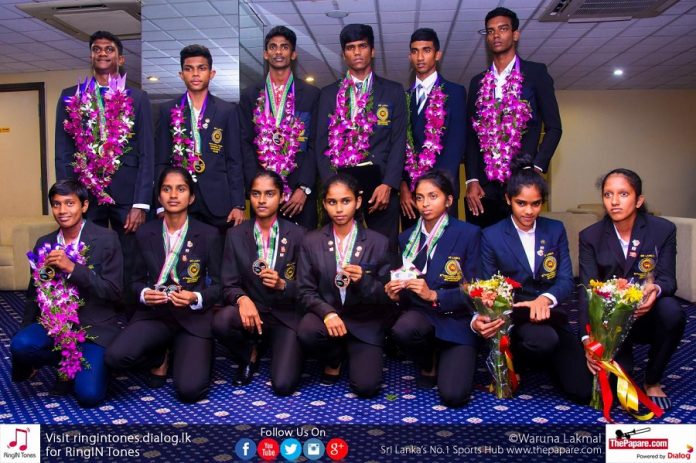The next generation of Sri Lanka’s athletic talent was on display in International competition over the last couple of months, first at the 3rd South Asian Junior Athletic Championship (SAJAC) in Colombo and then at the 18th Asian Junior Athletic Championship in Gifu, Japan. At both these meets the young athletes put in some impressive performances which resulted in country’s best return in terms of medals & overall standing.
During this year’s South Asian Junior Athletic Championship, Sri Lanka recorded its highest Gold Medal haul in the history of this meet with 12 medals, (The Gold medal count would be the best indicator as the only real competition is from India. Any of the other South Asian countries are yet to win a Gold medal in the 3 editions of this event thus far) thereby surpassing the 8 Gold medals won in the first edition & 10 Gold medals won in the 2nd edition (Click here for medal history of the SAJAC).
Sri Lanka baptize new track with fire; 41 Medals & 8 Records
The junior Sri Lankan athletes were on fire bagging a hosT…
Similarly, the young athletes put in another outstanding performance at the Asian Junior Athletic Championships winning 3 Gold Medals, 4 Silver Medals & 2 Bronze Medals. This resulting in the country improving on its previous best medal counts in 1994 (2 Golds , 2 Silvers) and as hosts in 2012 (2 Golds, 2 Silvers & 2 Bronze). Sri Lanka also gained its highest standing of 5th in the final medal table improving from the previous best rank of 7th in 1994 & 2012. (Click here for Sri Lanka’s medal history at the Asian Junior Athletic Championships).
The Talent
During these two meets there are a few athletes who stood out and showed immense promise through their talent & determination.
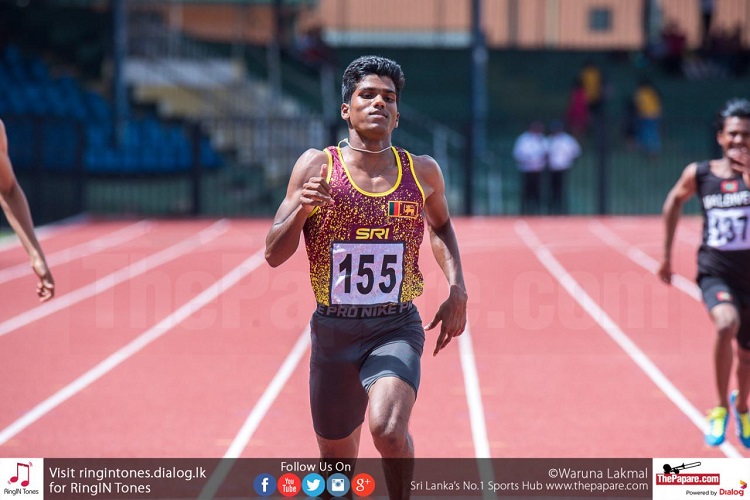
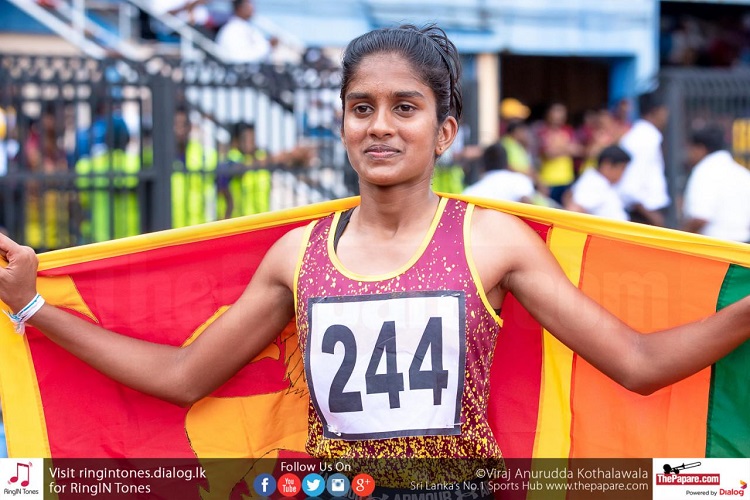
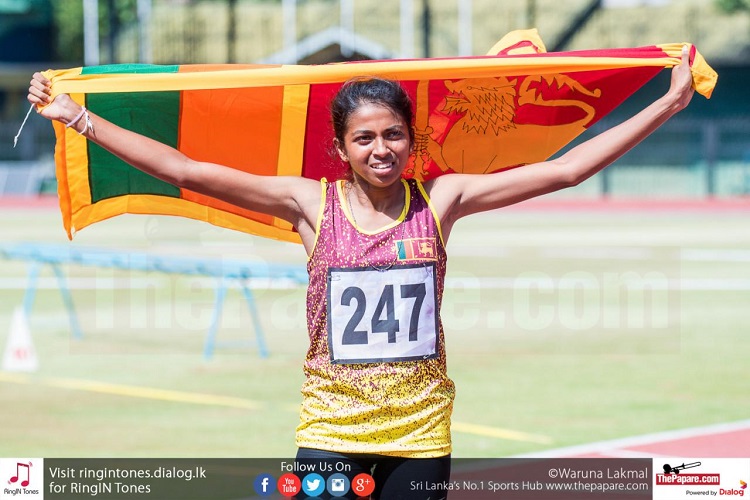
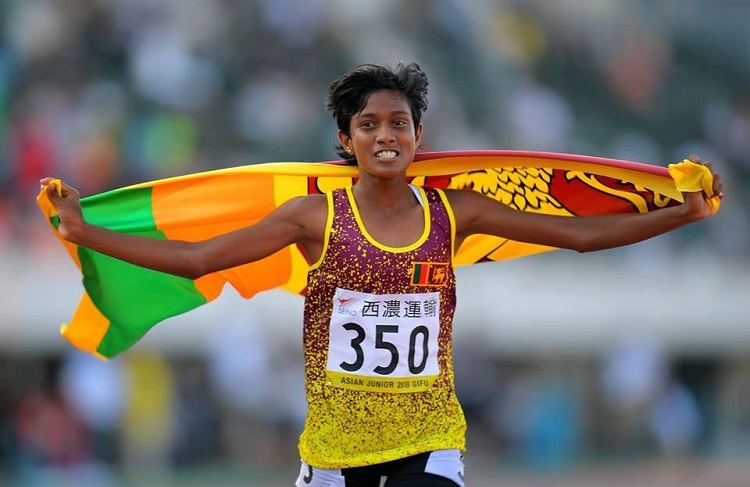
Some of the other Athletes who showed promise by winning Gold in the Junior South Asian meet include Harsha Karunaratne (800m), 400-meter Hurdler Pasindu Kodikara (also a key member in the 4X400 meter relay quartet) and High Jumper Tharindu Dasun. Although failing to get a podium finish in their respective individual events at the Asian meet they showed glimpses of their ability and with more exposure will be able to reach their full potential.

The Management of Talent
Before delving into this, it is worthwhile looking back as to how some of the outstanding talents in Junior competitions have progressed in their athletic careers at Senior level. To start with let’s look at the athletes who have won Gold medals at the Junior Asian Athletic Championships. In 1994 Sri Lanka won its two Gold medals through Damayanthi Darsha (100m) & Susanthika Jayasinghe (200m). It is interesting to note that they still hold the records for these two events at this meet. They were part of the Golden era of Athletics that also consisted of the likes of Sugath Thilakaratne & Sriyani Kulawansa to name a few.
The country’s next Gold medals came 18 years later when as hosts, Dulaj Madushanka & Shwanthi Kumari won the men & women’s 400m races respectively. Unfortunately, they could not reach the heights of their predecessors & seem to have faded away.
Probably one of the brightest prospects in recent times was sprinter Shehan Ambeypitiya. He burst onto the scene by winning the 3 Gold medals (in the 100m, 200m & 4x100m) at the Commonwealth Youth Games in 2008. In these races he outran athletes from the Caribbean & Europe and seemed destined for greatness. While Ambepitiya is still around, he just could not reach those dizzy heights at senior level.
So what is the reason these athletes (and many others during this period) have been unable to make the transition from junior to senior level over the last decade unlike in the late 90’s? It could probably be attributed to the lack of Talent management. With Sri Lanka having a strong & competitive schools oriented sports structure (not limited just to athletics but other sports as well such as cricket, rugby netball etc.) the talent identification process virtually takes care of itself.
It is however upon leaving school that the necessary guidance and environment is not provided for high performance training which is critical for an athlete to reach international standards. It is at this stage that a lot of the National Associations of leading sporting countries take it upon themselves to draw up plans & invest the required resources to ensure that their talented juniors don’t just fade into oblivion but go on and reach the next level. Areas such as strength & conditioning, dietary management, periodization, recovery as well as regular exposure to an elevated level of competition are some of the components that would come under a high-performance program.
In the local context it is important to remember that most of the athletes prefer to train under their individual coaches. So therefore, the constant up-skilling of these trainers on the above mentioned high performance areas are of vital importance if the athletes are to show continuous progress. Another area where the administrators need to assist the athletes is to develop job related competencies away from athletics so that they know that they have something to fall back on once their sports careers are over. This will give the athlete peace of mind to focus totally on his/her athletics, knowing that their economic wellbeing is addressed as well.
It’s been awhile since a crop of athletes have shown such promise internationally at junior level. The authorities would do well to draw up programs for these young athletes targeting the 2022 Asian Games by addressing the above factors as they (the athletes) would be reaching their peak in terms of physical development by that time. It is a sad indictment on the local athletic fraternity that Sri Lanka has not been able to win a medal in athletics at the Asian Games since 2006. The talent is very much there to ensure sustainable success. It’s now just a matter of managing it!


